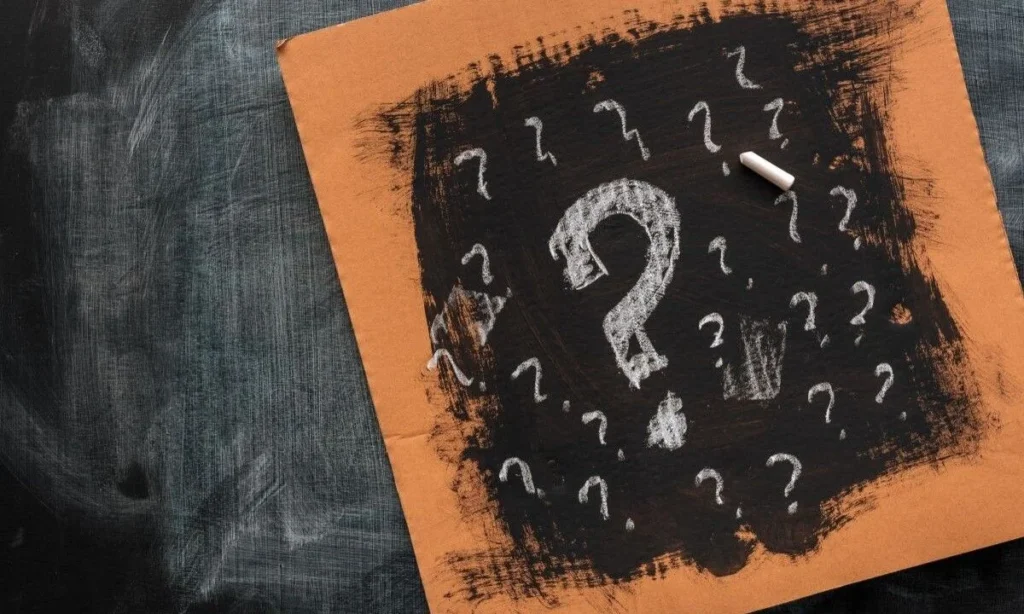Being able to identify what meth looks like could be the difference between safety and danger. Whether you’re a parent worried about your teen, a teacher looking out for students, or someone seeking safety knowledge, knowing the signs of this dangerous drug matters.
Unlike prescription drugs with their consistent appearance, meth can vary widely depending on who made it and what they mixed in. This makes it trickier but not impossible to notice if you know what to look for in avoiding harm and even meth addiction.
What Is Meth?

Methamphetamine is a powerful stimulant made in unregulated labs. Though it’s related to amphetamines sometimes prescribed for ADHD or weight loss, illicit meth is more dangerous.
When someone uses meth, their brain gets overwhelmed with dopamine, the feel-good chemical that makes you excited or happy. This creates an intense rush of pleasure and energy that can last 6-12 hours, which is longer than similar drugs like cocaine. This long-lasting high is what causes dependence so easily.
Chemical Formula for Meth: What It’s Made Of
Methamphetamine has the chemical formula C₁₀H₁₅N, with production usually starting with chemicals found in some cold medicines. This basic makeup is altered when combined with chemicals like red phosphorus, iodine, a farm fertilizer (anhydrous ammonia), lithium, hydrochloric acid, acetone, and sulfuric acid.
Forms of Methamphetamine

- Crystal meth looks like chunks of glass or ice and is the most common form. These clear or bluish-white rocks shine in the light, which is why they’re often called “ice” or “crystal.”
- Pink meth gets its color from adding pink dyes during production. Some dealers call it “strawberry quick” and claim it’s flavored to attract younger users.
- Blue meth was popularized by TV shows. While blue-colored meth does exist, it’s rare in real life and typically gets its color from dyes or impurities.
- Fake meth refers to drugs sold as meth with little or no actual methamphetamine. These might be made from other stimulants, bath salts (synthetic cathinones), or even colored crystals, so appearance can vary.
- Liquid meth is often mixed with water, alcohol, or even gas. It might look like cloudy water in normal bottles or containers, making it easy to miss.
While methamphetamine has various color appearances, this usually doesn’t affect the potency or danger levels.
What Does Meth Smell Like?
Meth or meth smoke often has a sharp, chemical odor, sometimes described as similar to ammonia or cat urine, especially when smoked or produced in home labs. This smell can be a big clue when you’re worried someone might be using.
Signs of Meth Use

People use meth in several ways, including smoking it through glass pipes with round ends, injecting it with needles, snorting it through rolled paper or straws, or swallowing it in pill form.
Physical Signs Someone’s Using:
- Rotting teeth (“meth mouth”)
- Sores on the face and arms
- Sudden weight loss
- Looking older than you are
- Burns on hands and mouth
- Needle marks when injecting
Behavioral Changes:
- Staying awake for days at a time
- Wild mood swings
- Acting paranoid or scared
- Focusing on tiny tasks for hours
- Pulling away from friends and family
- Stopping basic self-care like showering
Side Effects of Meth Drugs
Almost instantly, methamphetamine speeds up the heart rate and raises blood pressure. Body temperature can rise to dangerous levels. Lowered sleep or appetite can also occur. In severe instances, some might even experience seizures.
Use can also cause lasting changes in the brain, affecting memory, decision-making, and emotions. Heart, dental, lung, liver, and kidney problems and damage become common. For many, psychological struggles can start, including hallucinations, even after stopping use.
Getting Sober: Meth Addiction Treatment

If you or your loved one have identified meth abuse patterns and want to break it, there are treatment options. Getting professional help makes a huge difference in the chances of staying clean.
Recovery usually starts with medical detox, where medical staff help manage the difficult withdrawal period. Once stable, you can fully immerse yourself in proven and wellness therapies to learn coping skills and grow. With the right support, even longtime users can heal and build new lives without meth.

Mitchell Grant Cohen
Dr. Mitchell G. Cohen is a board-certified Internal Medicine specialist with over 34 years of experience in patient-centered healthcare. A graduate of Hahnemann University School of Medicine, Dr. Cohen completed his internship at the University Health Center of Pittsburgh, where he gained invaluable hands-on experience. He is also a certified addiction specialist, holding membership with the American Society of Addiction Medicine (ASAM).
Currently based in Nashua, NH, Dr. Cohen is affiliated with Saint Joseph Hospital, where he provides comprehensive care focusing on both internal medicine and addiction treatment. His expertise includes prevention, diagnosis, and management of adult diseases, as well as specialized care for individuals facing substance use disorders.
Dr. Cohen is committed to fostering open communication, ensuring his patients are fully informed and empowered to make confident decisions about their health and treatment options.




